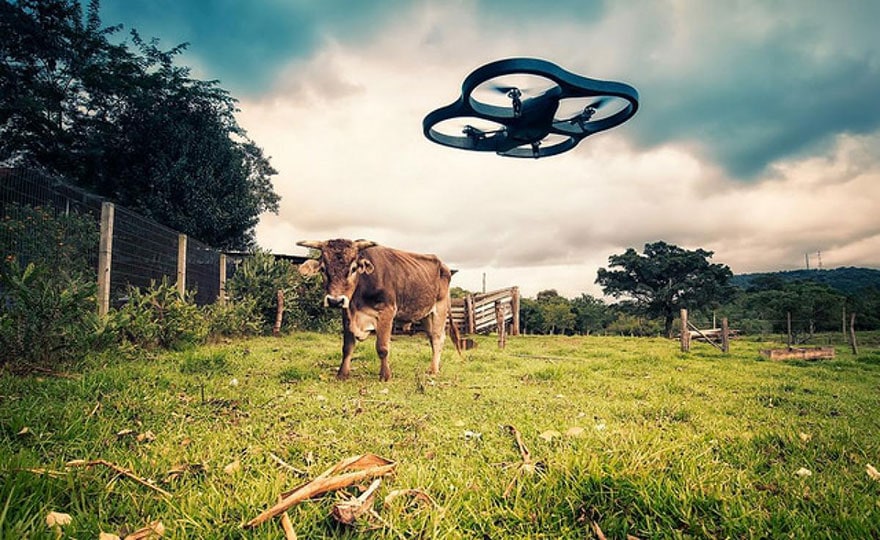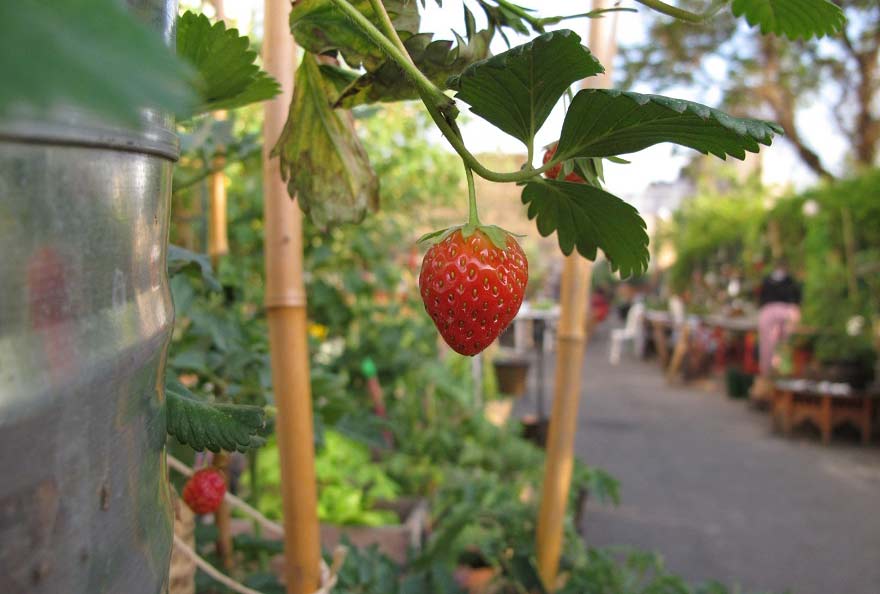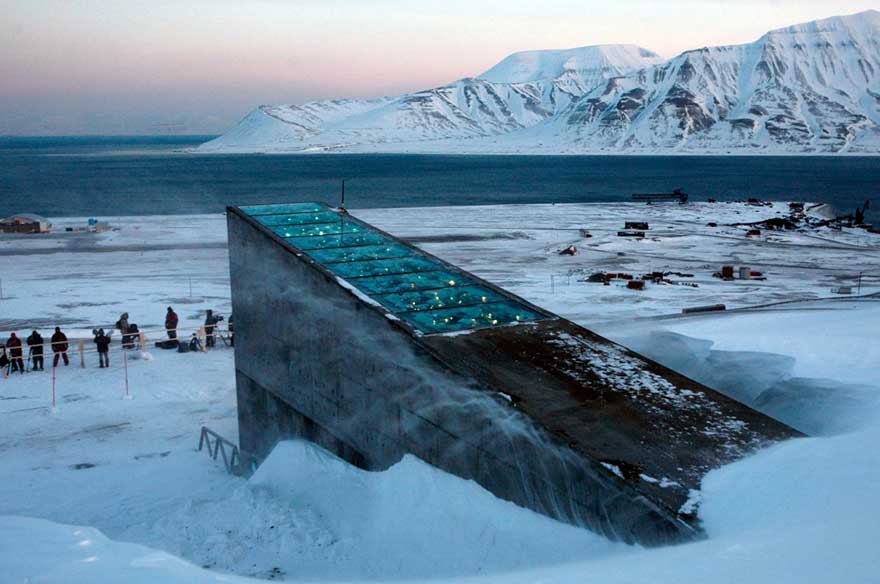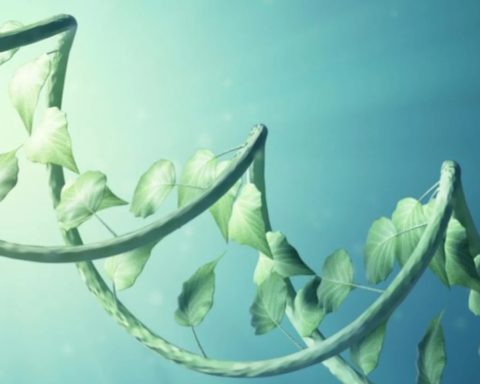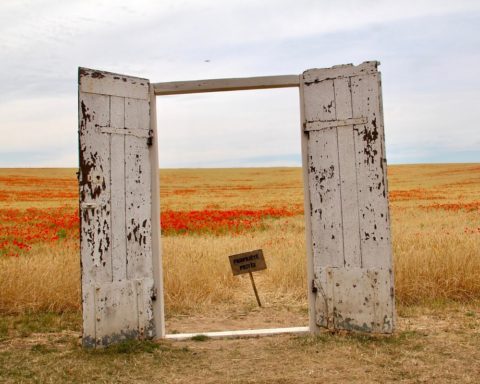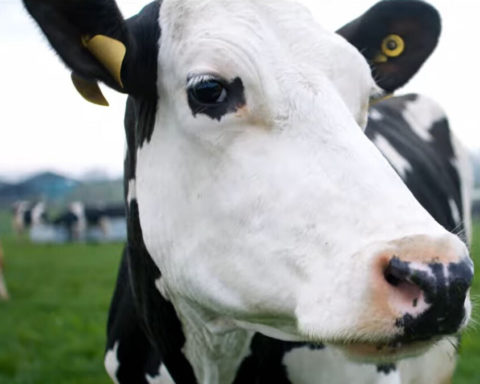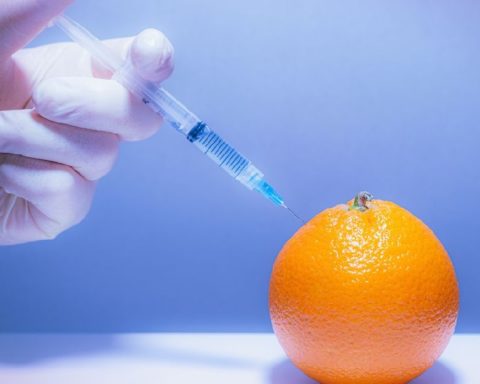The organic boom, experiments on city rooftops, the emergence of biocontrol... but also health scandals, the precariousness of many farmers, soil degradation and the use of pesticides that are fatal to pollinating insects: against a backdrop of often contradictory aspirations and injunctions, French agriculture and farmers seem to have reached a crossroads.
An addition to the spotlight on the successes and failures of the sector, the question of the agricultural model is becoming more and more acute, as shown by the recent debates conducted in the framework of the États généraux de l'alimentation.
The question that should now concern us is how research and political action can think and prepare not only for tomorrow's world, but for the world after tomorrow. In this context, the agricultural and food system (from producer to consumer) plays a key role.
Weakened regions
In recent decades, considerable productivity gains have been achieved in a context of profound transformations in the agricultural world, making it possible to ensure food at a very low price.
One point must be stressed here: over the last 40 years, there has been a global movement of farm labour substitution by inputs (machinery, chemistry). This transformation has led to economies of scale and the emergence of larger and larger operations. This has also led to the specialisation of production at the level of agricultural regions, as shown by the example of milk.
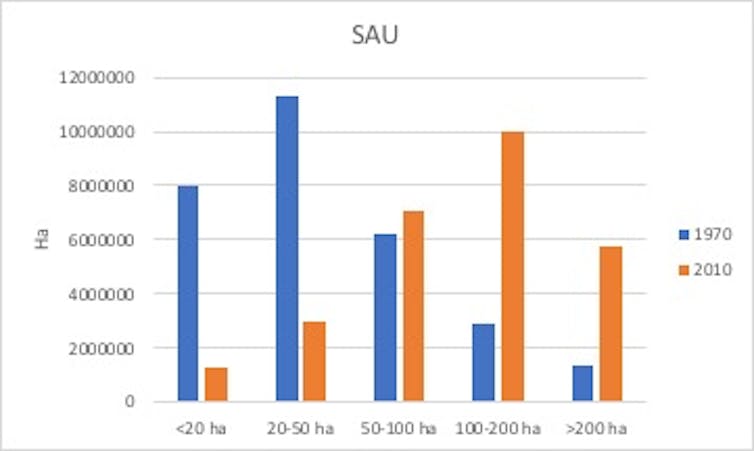
Evolution of the Utilised Agricultural Area (UAA) in France between 1970 and 2010. Data Agreste, Author provided
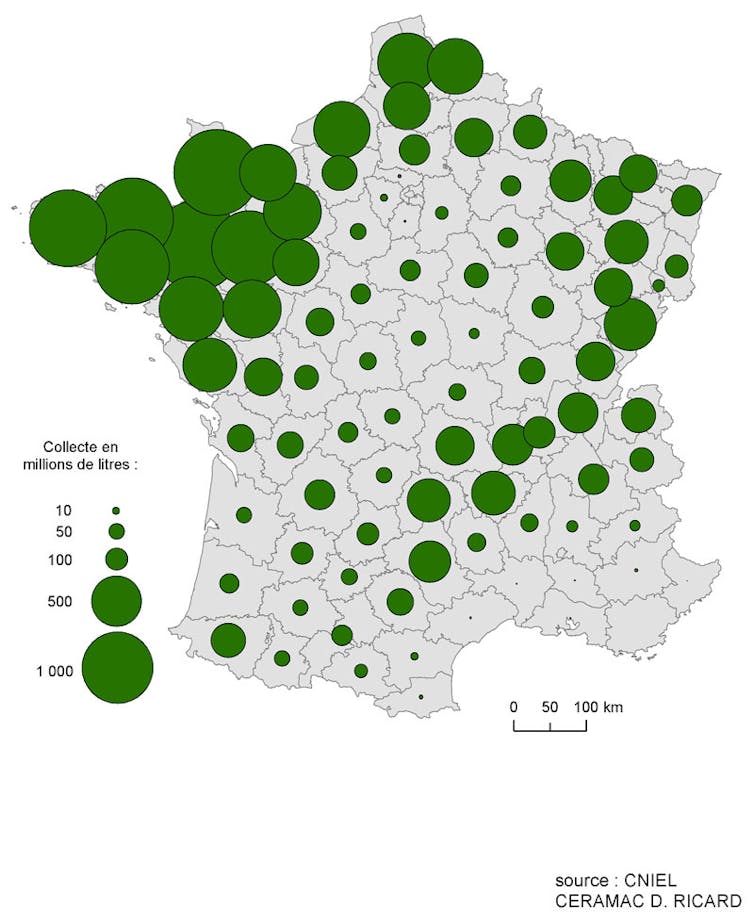
Dairy production by department in 2014 in France. D. Ricard/Ceramac, Author provided
As a result of this movement, the resilience capacities guaranteed by the diversity of agriculture have diminished. Each region of France is thus more exposed to hazards, whether climatic or market-related.
In successive reforms of agriculture and the CAP, this problem - the fact that this specialisation would intensify environmental impacts - was not explicitly taken into account, even though the milk quota system in France had incorporated this point and slowed down the concentration. Getting out of this established system proves to be complicated. You have to work on driving small and big changes.
Change the system, but how?
To get things moving, several approaches are possible, as conceptualized by researchers Stuart B. Hill & Rod J. MacRae which is responsible for an analytical grid to assess the degree of change in a system, according to three main levels.
First of all, there is "efficiency": we don't change anything radically but we try to improve what already exists, by adjusting each component of a system. Then there is "substitution": we start from the same organization and explore the benefits of substituting one or another of the components of a system. Finally, "redesign": the entire system is redesigned.
Take the example of weed management for winter rapeseed production (sown in late summer). The sprayer can be optimally adjusted to minimize the amount of herbicide required (efficiency). By adjusting row spacing, weed control, which combines mechanical weeding with chemical treatment on the row, can be used (substitution). Finally, winter rapeseed can be sown with legumes. jellies (redesigning).
In the latter case, the legumes will settle quickly in the autumn, preventing weed growth, and then freeze in the winter, leaving the soil clean and allowing the rapeseed to develop. Note that in this system, the frozen legumes will release nitrogen for rapeseed growth and prevent the fall arrival of an insect, the big flea beetle. This also avoids the need for insecticide treatment.
The obsession with low prices
In order to change the situation, we must also draw a new common horizon. The social contract on which our agricultural model is based has not changed. It is still a question of having enough in quantity and at the lowest price, while ensuring food safety.
It should be remembered that in France, food self-sufficiency was not achieved until the very early 1980s: it is the result of a set of production systems set up at a time when people were not eating enough. In 1950, France imported half of its food! A real feat has therefore been accomplished by French and European agriculture in just a few decades.
It is in this light that we must reread the first expected from the Treaty of Rome - This is the "increasing productivity" aspect of the European Common Agricultural Policy, on which our agriculture is still based.
The CAP is also based on this steady increase in agricultural production. But this continuous increase cannot be achieved without a fair and accurate assessment of yields, which are likely to become increasingly unpredictable in the face of climate change.
Let us take the example of soft winter wheat. Its average yields increased steadily from 1969 to 1995 as a result of genetic improvement, control (often chemical) of the verse and pests (diseases, insects, weeds) as well as the management of the nitrogenous fertilizing. Since 1995, there is no longer a trend increase and inter-annual variations become central. In France, the year 2016 marks a year with an exceptionally unfavourable climate.
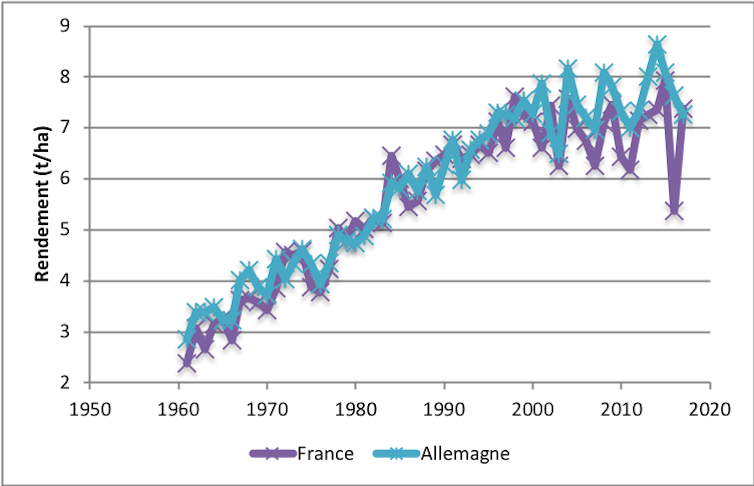
Common wheat yields in France and Germany since 1961. Agreste/Eurostat, Author provided
Climate change induces earlier maturity and, in the long term, limits yield potential. Rather than seeking maximum productivity at the scale of each crop, should we not explore other options? Shouldn't we go from one crop per year to 3 in 2 years and thus better value the whole year? Intermediate crops are, for example, an effective option for this new approach.
A new contract for tomorrow's agriculture
While the "Etats Généraux de l'Alimentation" have provided an opportunity to rethink the French agricultural model (in particular to guarantee sustainable food and a better distribution of agricultural income), they are above all a vision; their results can only be assessed over the long term.
It is not without reminding us of the Grenelle de l'environnement and the growing awareness of the massive use of phytosanitary products and antibiotics. It has taken time for actions to be put in place with concrete results: EcoAntibio (reduction of antibiotics in animal husbandry), AgriBio (increasing the share of organic farming in production and consumption) or Ecophyto (reduction in the use of plant protection products); although in the latter case, results are slower to emerge.
Today, for this transition to be possible, it is obviously necessary to identify the levers to be activated, but also to understand in what way the farming system is "locked down". In such a configuration, with many players in balance, the first one who tries to evolve risks losing. Innovations and regulatory incentives should make it possible to "unlock" the system.
This will allow us to bet on niche innovations - such as biocontrol, which will be able to hybridize with the dominant chemical system and gradually replace it. Without forgetting the crucial role of the legislator, as we will undoubtedly see with the future phase-out of glyphosate. Regulation is a key accelerator for changing practices.
But what we promote must have a low real risk. Because in the innovation regime that agriculture is undergoing, the deployment of operational systems is highly dependent on local conditions (markets, regulations, soil conditions, weather conditions). However, a very strong dependence on local conditions slows down, or even prevents, the adoption of innovations. It should be remembered that it is precisely to reduce risk and this dependence on the environment that agriculture has made massive use of chemicals.
Leverages for a transition
Several levers can be identified to support the transition of French agriculture toagroecology This is the case for: learning through use, which underlines the role of initial and continuing training, the collective functioning of farmers' groups, the farm advisory or shared community facilities thanks to new technologies.
The training of tomorrow's farmers is crucial: today, we are at the end of the "Pisani High School" They trained generations of farmers under this first "agricultural social contract" that called for the intensification of production to meet food self-sufficiency goals. If things can change today, it will also be thanks to this new generation, which will mobilize more "knowledge-intensive" practices and systems.
Counselling is also a major component for change, as it disseminates knowledge and reduces farmers' risk aversion. At a time when separation of advice and saleThe quality of advice and advisors is the main focus of attention. There are different organisational models of consultancy in Europe and around the world. That of Canada and Quebec, with a order of agronomistsis thought-provoking.
Agricultural transition is an individual issue for each farmer, but also a collective and societal one. It is not only the production of resources that needs to be mobilized, but the entire value chain (from production through processing to consumption). A better distribution of value and a change in the Common Agricultural Policy, with the implementation of payments for environmental servicess, would be effective translations of these important ongoing changes.
Christian HuygheScientific Director for Agriculture, INRA
The original text of this article was published on The Conversationeditorial partner of UP' Magazine
Anything to add? Say it as a comment.![]()

